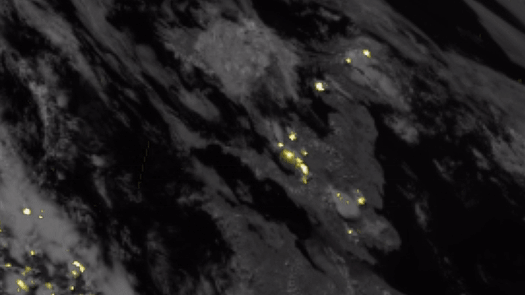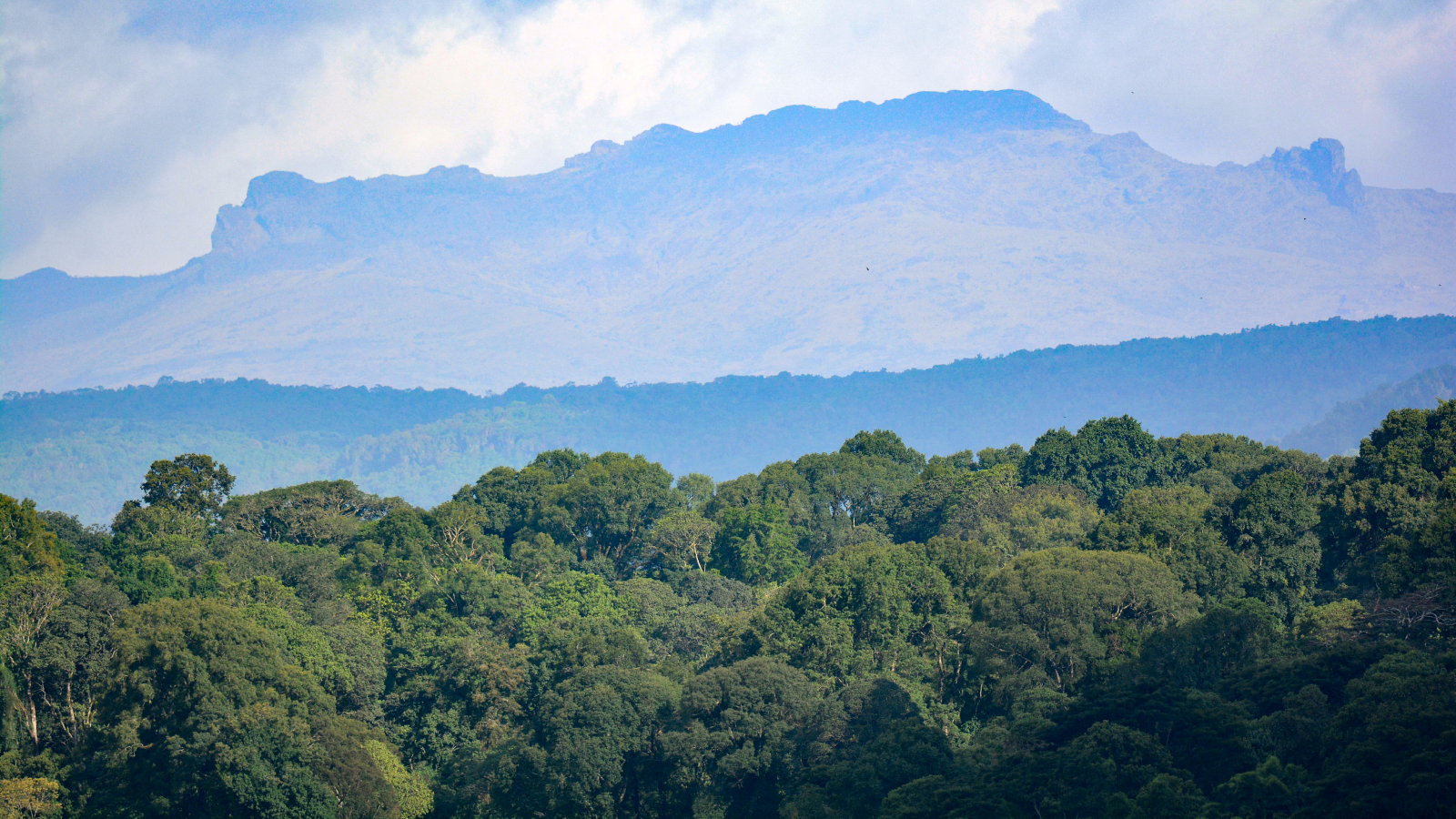Watch thousands of lightning bolts crackle over Europe in stunning new satellite video
Cameras mounted on Europe's new weather satellite will keep an eye on thunderstorms in Europe and Africa like never before.

Stunning first videos from a new space-borne instrument designed to improve the monitoring of thunderstorms show the crackle of lightning over Europe, Africa and the Atlantic Ocean.
The images were taken by the Meteosat-12 satellite operated by the European Organisation for the Exploitation of Meteorological Satellites (EUMETSAT) from geostationary orbit, some 22,000 miles (36,000 kilometers) above Earth. This altitude is extremely important for weather forecasters, as the speed of satellites circling the planet in this region matches Earth's rotation. As a result, the satellites in this orbit have a constant view of a part of the globe, allowing meteorologists to observe how weather phenomena evolve in real time.
Satellites of the U.S. National Oceanic and Atmospheric Administration (NOAA) have used lightning imagers before, but Meteosat-12 is the first to provide this type of information to European weather forecasters.
Related: 10 devastating signs of climate change satellites can see from space
The satellite, the first in the new Meteosat Third Generation family of Europe's weather observers, launched in December 2022 and will help the continent's meteorologists improve their forecasts of extreme weather events.
"Severe storms are often preceded by abrupt changes in lightning activity," Eumetsat Director General Phil Evans said in a statement. "By observing these changes in activity, Lightning Imager data will give weather forecasters additional confidence in their forecasts of severe storms."
As climate change progresses and Earth's climate warms, severe thunderstorms, accompanied by torrential rains, hail and powerful winds, are set to become more common in Europe and around the world. By being able to better forecast these events, meteorologists hope to protect vulnerable populations in affected areas by disseminating earlier and more accurate warnings.
Get the world’s most fascinating discoveries delivered straight to your inbox.
"Lightning is a strong indication that severe weather is occurring," Evans added in a briefing. "Where there is the most severe rainfall, there is often lightning."
Eumetsat-12's' Lightning Imager instrument consists of four cameras, which can detect the atmospheric flashes all over Europe, Africa, the Middle East and parts of South America. The data will be available to weather forecasters in Africa, as well as airliners on trans-Atlantic flights to improve safety.
"The Lightning Imager has four cameras, and each one can capture 1,000 images per second, day and night, detecting even a single lightning bolt faster than the blink of an eye," Guia Pastorini, a project engineering manager at aerospace company Leonardo, which built the instrument, said in the same statement. "Thanks to specific algorithms, data is processed on board to send only useful information to Earth, supporting the development of more accurate weather forecasts, as well as contributing to the study of weather phenomena and air transport safety."
For Europe, which is warming twice as fast as other continents, according to the European environment-monitoring agency Copernicus, having timely and accurate information about approaching disasters will save lives and reduce destruction.
For example, in the summer of 2021, floods triggered by heavy rainfall killed nearly 200 people in Germany in what was described as the nation's worst natural disaster in 60 years.
"In a world where climate change is increasing the intensity of severe weather events, instruments like [Lightning Imager] will become more and more important," Evans added in the briefing.
Eumetsat-12 is the first in a family of six new weather satellites that will bolster Europe's defenses against climate change-induced weather disasters. The second satellite in the constellation will follow its sibling into orbit next year on Europe's new Ariane 6 heavy-lift rocket, which is expected to make its debut flight later this year.
Originally posted on Space.com.





